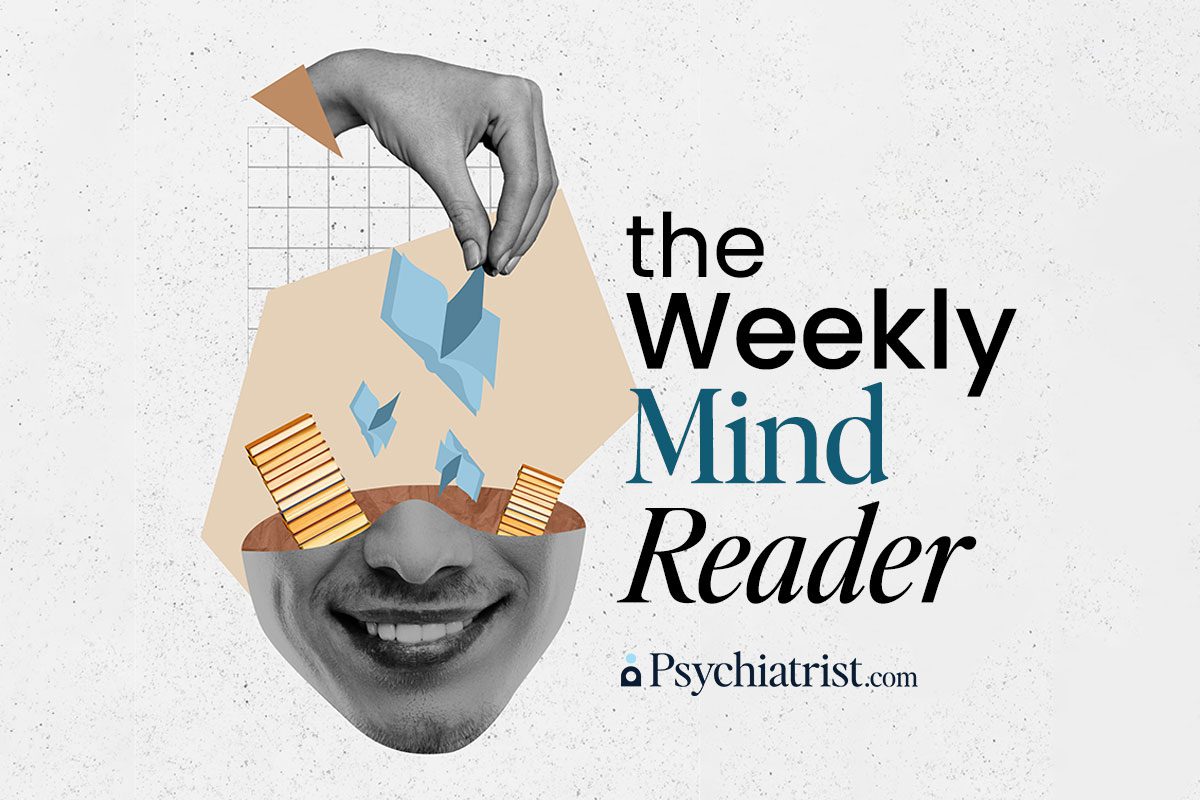Barely noticeable ear abnormalities may hold clues that could one day help diagnose patients with depression. According to a study published in The Primary Care Companion for CNS Disorders, minor ear anomalies are more common in people with depressive order.
To examine this hypothesis, scientists from the All India Institute of Medical Sciences compared the prevalence of external ear abnormalities (EEAs) and other minor physical anomalies (MPAs) in 100 patients with depressive disorder to 100 healthy controls to investigate any potential link.
Anomalies and Theories
The study identified a higher prevalence of mean EEAs and MPAs in patients with depressive disorder compared to healthy controls. While the exact percentage difference in prevalence between the two groups is not provided, the study noted that the adherent earlobe was the most common ear anomaly. It was present in 52 percent of the depression group versus 41 percent of the controls. The next common abnormality, Darwinian tubercle, showed up in 21 percent of the patient group and 19 percent of the control group.
The researchers noted that their findings seem to support the neurodevelopmental theory of depression. This theory suggests that genetic and environmental factors interact during early brain development, resulting in changes to neural circuitry and function. These changes increase vulnerability to depression.
For example, some genetic variations may lead to altered levels of neurotransmitters, such as serotonin and dopamine, which are important for regulating mood. Changes in neurotransmitter levels can alter the development of neural circuits that are involved in mood regulation and increase the risk of developing depression in response to stressors later in life.
Previous studies suggest that individuals with depression have reduced volume in certain brain regions, such as the hippocampus, which is involved in memory and emotional regulation. Additional studies have spotted differences in the expression of genes involved in neural development and function in individuals with depression.
As with any study, this one had limitations. The researchers recruited only recruited a small number of subjects from a single hospital. They also didn’t measure the severity of depression or the duration of illness.
Despite those constraints, the results are intriguing. Careful examination and detailed description of the ear in patients with depressive disorder may be useful in identifying specific syndromes that have neuroectodermal origins in the external ear and the brain.
IN OTHER PSYCHIATRY AND NEUROLOGY NEWS THIS WEEK
- Mental illness takes a toll on caregivers, too. More than 80 percent report worse quality of life and a negative impact on their own mental health.
- Adults with ADHD reported increased difficulty in managing their symptoms during the COVID-19 pandemic.
- Is it safe to deliver TMS to individuals with an implanted device?” A Letter to the Editor argues that this is a reasonable question.
- Check out this intriguing case where nocturia was attributed to the use of expired escitalopram in a patient experiencing depressive symptoms.
- In a new 5 Minute Pearls video, George Papakostas, MD, a professor of psychiatry at Harvard Medical School, shares five essential ways to manage major depressive disorder to optimize treatment success for patients.
- Our tweet of the Week highlights positive results for another new early-stage Alzheimer’s drug. The TRAILBLAZER-ALZ 2 clinical trial demonstrated significant cognitive and functional benefits of donanemab compared to a placebo.
Editorial: "Ultimately, new treatments such as donanemab will not only change the Alzheimer research landscape but also the clinical one." https://t.co/lYbJ7JkUH6@EWidera @SharonBrangman @NathanielChinMD #AAIC23 pic.twitter.com/IDD5L7gKBe
— JAMA (@JAMA_current) July 17, 2023
NEW AT CME INSTITUTE
Click to earn free accredited CME credit.




